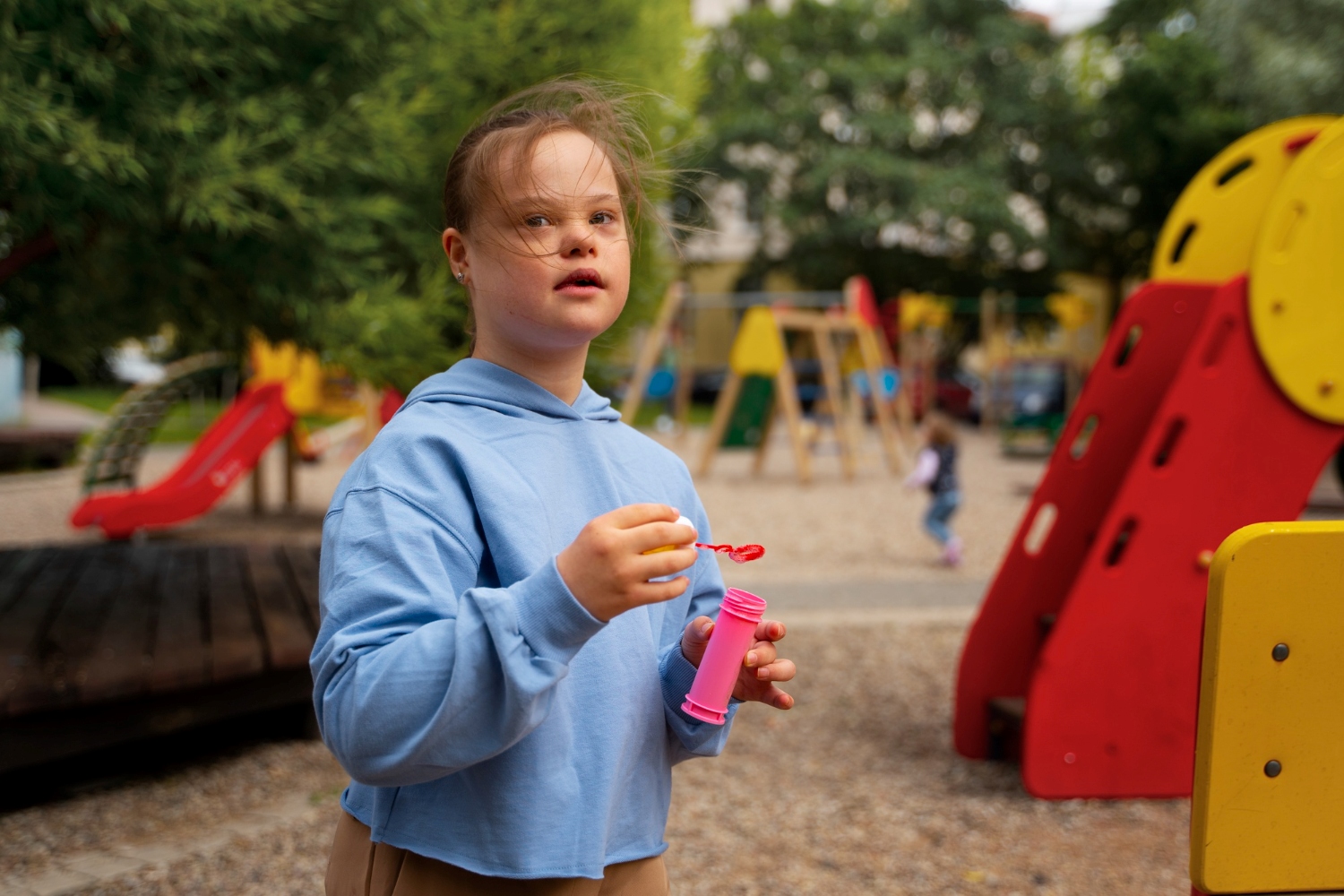Alterations in DNA packaging could explain a higher risk of leukemia in children with Down syndrome
Newborns with Down syndrome, as they grow, face a higher risk of developing leukemia compared to those without the syndrome. An international team has sequenced the genes of more than 1.1 million cells from fetuses with and without Down syndrome, and it has discovered that the extra chromosome 21 they have alters the way DNA is packaged inside cells. According to the authors, whose research is published in Nature, this difference affects the regulation of certain genes and may contribute to the development of leukemia.

Jesús Flórez - Down Leucemia EN
Jesús Flórez
Professor of Pharmacology at the University of Cantabria and President of the Ibero-American Down21 Foundation
Regardless of the value of this study when it comes to understanding the increased frequency of hematological disorders in Down syndrome -particularly leukemias-, its results contribute significantly to deciphering the extraordinary variety in which certain comorbidities manifest in individuals with Down syndrome.
It is not enough that there is a triplication of genes specific to chromosome 21. These genes must be expressed in one way or another, and this largely depends on their topographical location within the genome, which is closely related to epigenetic factors linked to chromatin activity in a particular tissue and individual. The mere physical presence of an extra chromosome in the nucleus already constitutes, in itself, a deregulating factor in this relationship. The present study indicates this in relation to the intrinsic activity of hematopoietic cells in Down syndrome.
Additionally, the study confirms the importance of mitochondrial overexpression in Down syndrome, as evidenced by the increase in reactive oxygen species, which that act as damaging agents that facilitates the occurrence of DNA mutations capable of altering the division of hematopoietic cells.
Overall, the study broadens the molecular understanding underneath the pathology of any trisomy, in this case, trisomy 21 and its relation to hematological pathology.
Pablo Velasco - down leucemia EN
Pablo Velasco Puyó
Doctor in the Paediatric Oncology and Haematology Department at Vall d'Hebron Hospital and associate professor in the Paediatrics Department at the Autonomous University of Barcelona
This is a work that shows, through multiomics and single cell techniques, mechanisms that explain some of the blood alterations we see most frequently in children with trisomy 21, such as larger and more numerous red blood cells (polycythaemia and macrocytosis). They also describe differences in mitochondria, oxidative stress and chromatin organisation, which may be some of the factors why these children are more at risk of developing leukaemia.
Further studies that demonstrate the origin of these leukaemias are essential to design more targeted, more effective and less toxic strategies in this fragile population.
Jordi Ribera- leucemia Down EN
Jordi Ribera
Researcher of the Acute Lymphoblastic Leukaemia group at the Josep Carreras Leukaemia Research Institute
This is a great article in the sense that it gives explanations as to why the evidence for blood diseases in these patients was so far unknown. To begin with, they have used a single cell approach (much more accurate than a bulk approach or sorting) and have sequenced a large number (1,000,000) of cells (50 times more than to date) which has allowed them to map the haematopoiesis of patients with Down's syndrome versus the non-Down's syndrome population.
Using haematopoietic stem cells from foetal liver (foetal haematopoiesis) and foetal bone marrow, they demonstrate, by means of gene expression and chromatin accessibility at the single cell level, how there is a subpopulation of haemopoietic stem cells (HSC) from Down's syndrome patients that are biased towards the erythroid lineage and very little or none towards the granulocytic lineage, which is what is observed in the non-Down's syndrome population. All this induces the expression of the transcription factor GATA1, which is essential for erythroid development and hence why Down's syndrome patients have polycythaemia, and not due to a GATA1 mutation, as the disease is studied in Down's syndrome cell models.
This dysregulation of HSC gene expression, coupled with the fact that i) the authors have also demonstrated defects in mitochondria leading to increased ROS (oxidative stress) in HSCs from Down syndrome patients, and ii) the mutations seen in cells from these patients are concentrated in regions regulating the expression of genes expressed by HSCs, would explain why Down syndrome patients are more prone to leukaemia.
Blanca Herrero- down leucemia EN
Blanca Herrero Velasco
Paediatric oncohaematologist.
This is a laboratory article that seeks to explain the cell biology of the cells of Down's patients. It is a detailed study covering different molecular aspects.
Andrew R. Marderstein et al.
- Research article
- Peer reviewed
- People



